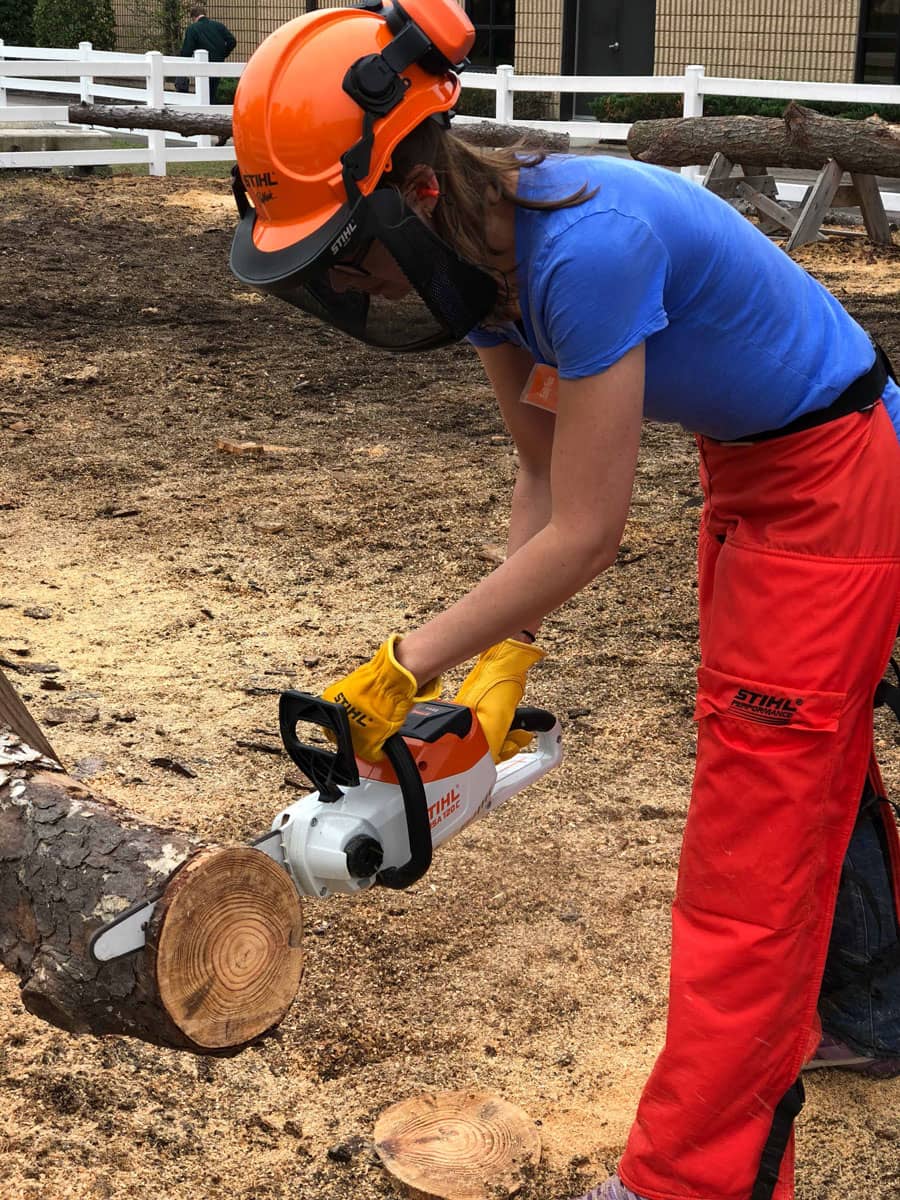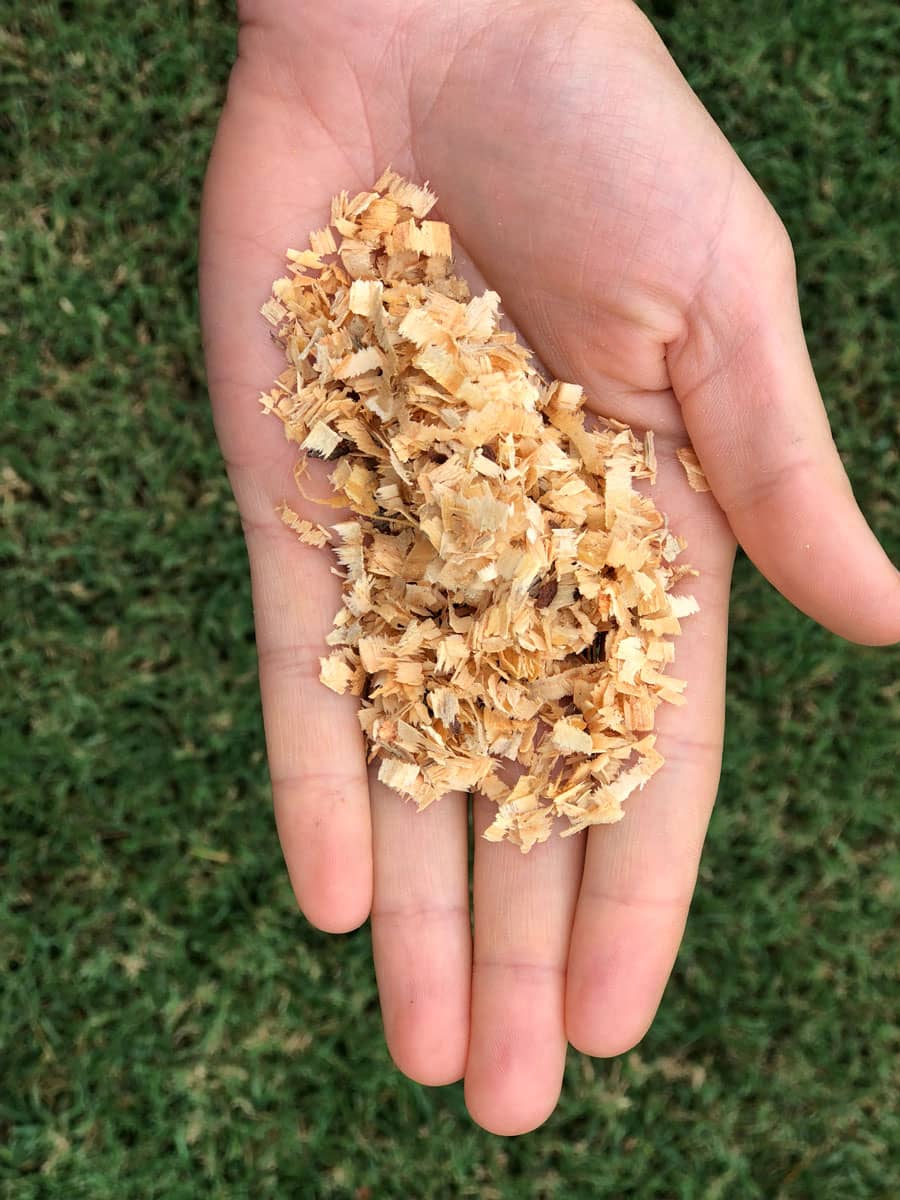This post was sponsored by STIHL because they supplied the chainsaw (STIHL’s MSA 120 C-BQ) and sharpening equipment. The content itself is my own. It’s no secret that I advocate for homeowners to try battery-powered tools. Everything I’ve purchased and tested is pretty awesome, and the STIHL Lightning Battery System® line of products does not let down.
There’s a definite intimidation factor when it comes to buying a chainsaw, especially if you’ve never owned one before or you’re not sure you know what to do with one. For me, even the most ordinary maintenance requirements seemed above and beyond what I was capable of performing.
One huge advantage of battery-powered tools is that they require significantly less maintenance than their comparable gas/oil counterparts. It doesn’t mean that they’re maintenance-free, but it takes out a lot of the guesswork and complexity. It’s most common that you’ll need to know how to maintain the chain itself, so that’s why I recapped the process in this short video (totally SFW!):
- How to check chain tension on your chainsaw
- How to remove and reinstall a chain
- How to tell if your chainsaw needs sharpening
- How to sharpen the teeth on a dull chainsaw
Last summer’s trip to STIHL in Virginia Beach was more than a factory tour and throwing axes (nailed it), it was a hands-on experience that allowed us the opportunity to test a full range of outdoor STIHL equipment, and learn how to properly maintain it.
The STIHL Lightning Battery System® line of products has been featured in a few previous posts on this site. You already saw me using the MSA 120 C-BQ when I showed you how to make a Swedish torch fire log, and I used the TSA 230 STIHL Cutquik® cut-off machine to cut flagstone when making repairs to my front steps. My goal is still to demystify user questions and concerns about the tools. If you’re considering buying a light-weight, low-maintenance chainsaw, they have a few good ones to consider.
Knowing whether or not you need to sharpen your chainsaw is critical, and if you experience any of the following “symptoms,” the above video will help show you how easy it is to get your chainsaw back to like-new condition.
- The saw isn’t cutting as “effortlessly.” It should slice like it’s going through butter.
- The saw is burning the wood, creating smoke; the chain is working too hard, needs to be sharpened.
- The sawdust is powdery and dense, like sand. A sharp chainsaw will always produce sawdust that looks more like wood chips or pencil shavings, like this:
Looking for something bigger? You shoulda seen the log I trimmed with that saw.
J/K. That’s just part of a cool outdoor display that the team had for us to see at STIHL. Pretty impressed that anyone could wield it with accuracy, since I could barely heave it off the tabletop.
Always remember to wear protective workwear when you’re maintaining and operating a chainsaw. Remove the battery before performing any maintenance on the tool.
The post Chainsaw Know-How: Maintain, Sharpen, and Replace Your Chain appeared first on .
Chainsaw Know-How: Maintain, Sharpen, and Replace Your Chain posted first on BakersKitchensLimited.blogspot.com



No comments:
Post a Comment